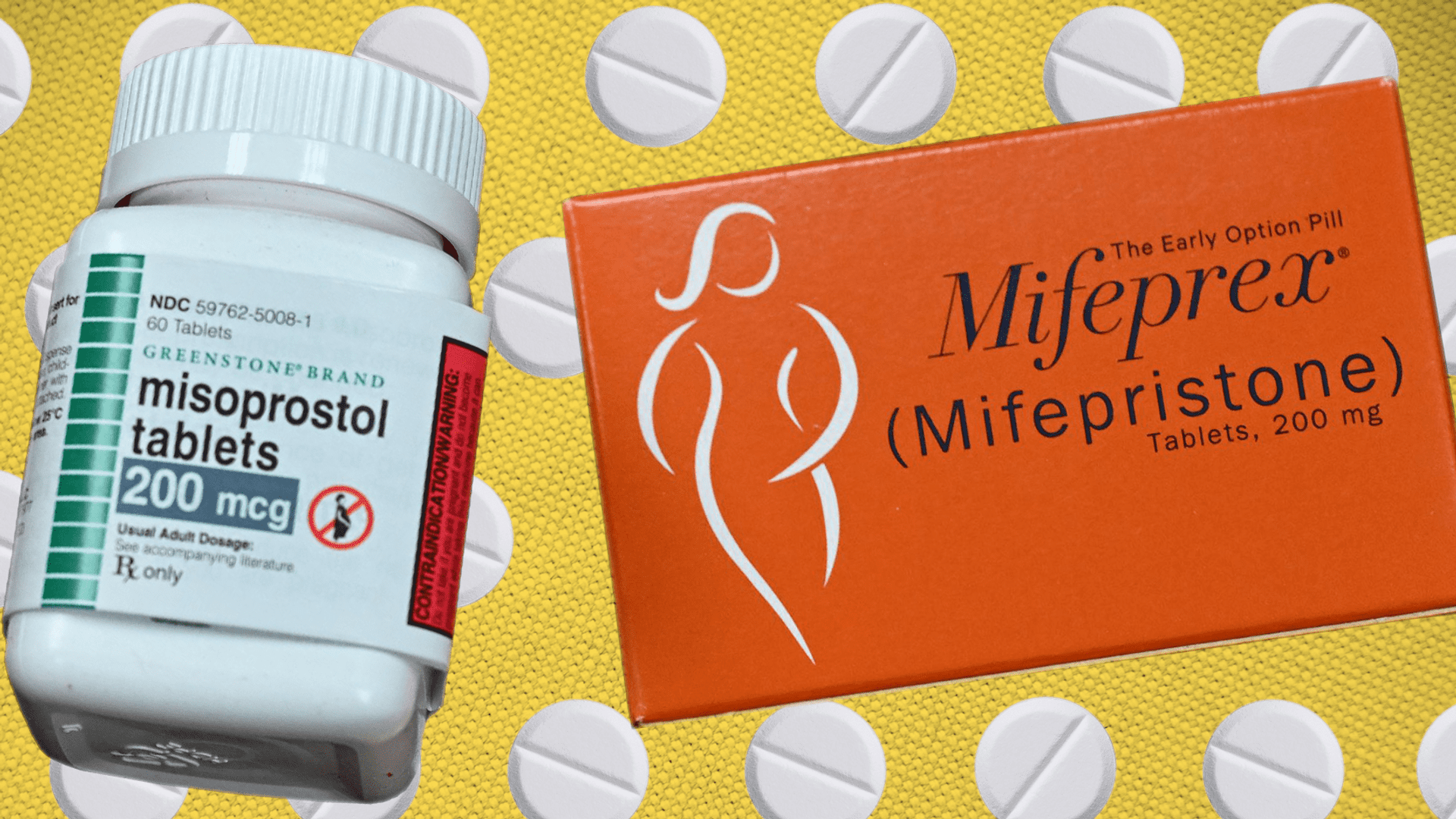
How Does The Abortion Pill Work?
A recent article discussed the significant differences between surgical and medical abortions. To narrow our focus, this article describes medical abortions (the abortion pill) and how it works.
Background
The decision to have an abortion is deeply personal and complex, and various methods are available to terminate a pregnancy. One such method that has gained significant attention and popularity is the abortion pill. Also known as medication abortion or medical abortion, this non-surgical option offers a safe and effective way to terminate early pregnancies. This blog post will delve into how the abortion pill works, providing a comprehensive understanding of its mechanism and the necessary considerations.
What is the abortion pill?
The abortion pill is a medication-based method used to terminate a pregnancy in its early stages (up to 11 weeks, depending on regional regulations). It involves a combination of two drugs: Mifepristone and Misoprostol. Mifepristone, taken first, blocks the hormone progesterone, which is crucial for maintaining a pregnancy. Misoprostol, taken 24 to 48 hours later, causes the uterus to contract and expel the pregnancy.
The process of taking the abortion pill
Counseling and Evaluation
Before undergoing a medical abortion, we conduct a counseling session to provide accurate information and guide you through the process. Our counselors will assess your eligibility for medical abortion and answer any questions or concerns you may have.
Administration of Mifepristone (Mifeprex)
The first medication, mifepristone, is usually taken in a clinical setting, such as a doctor’s office or a clinic. It is an oral medication that works by blocking the action of progesterone, which prepares the uterus for pregnancy and sustains it.
Administration of Misoprostol
Between 24 to 48 hours after taking mifepristone, the second medication, Misoprostol, is taken at home. Taken orally, Misoprostol causes the uterus to contract, leading to cramping and bleeding, which expels the pregnancy.
What to expect after taking the abortion pill
Following the administration of Misoprostol, the abortion process begins. It is normal to experience cramping and bleeding, like a heavy menstrual period. The duration and intensity of these symptoms may vary from person to person. Having access to follow-up care and support from a healthcare provider during this time is crucial.
Effectiveness and Safety
The abortion pill has been extensively studied and proven effective and safe. According to research, medical abortion has a success rate of over 95% in terminating early pregnancies. Serious complications are rare but can include excessive bleeding or infection. This is why it is crucial to follow the instructions provided by healthcare professionals and seek medical attention if any concerning symptoms arise.
Emotional and Psychological Support
The decision to have an abortion can be emotionally challenging, and it is essential to have a support system in place. It can be helpful to seek counseling or talk to healthcare professionals experienced in providing emotional support during this time. Numerous organizations and helplines are available to offer assistance and non-judgmental support throughout the process.
Final Notes
The abortion pill provides a safe and effective alternative to surgical abortion for terminating early pregnancies. By blocking progesterone and causing the uterus to contract, the combination of mifepristone and Misoprostol initiates a process similar to a miscarriage. It is crucial to consult with healthcare professionals, carefully follow the instructions provided, and have access to post-abortion care and support. Remember, making decisions about reproductive health is deeply personal, and having accurate information is vital to make informed choices.
For more information regarding the abortion pill, visit this page. We look forward to continuing to empower your right to choose.
Ready to schedule your appointment? Give us a call; we’ve got your back.
